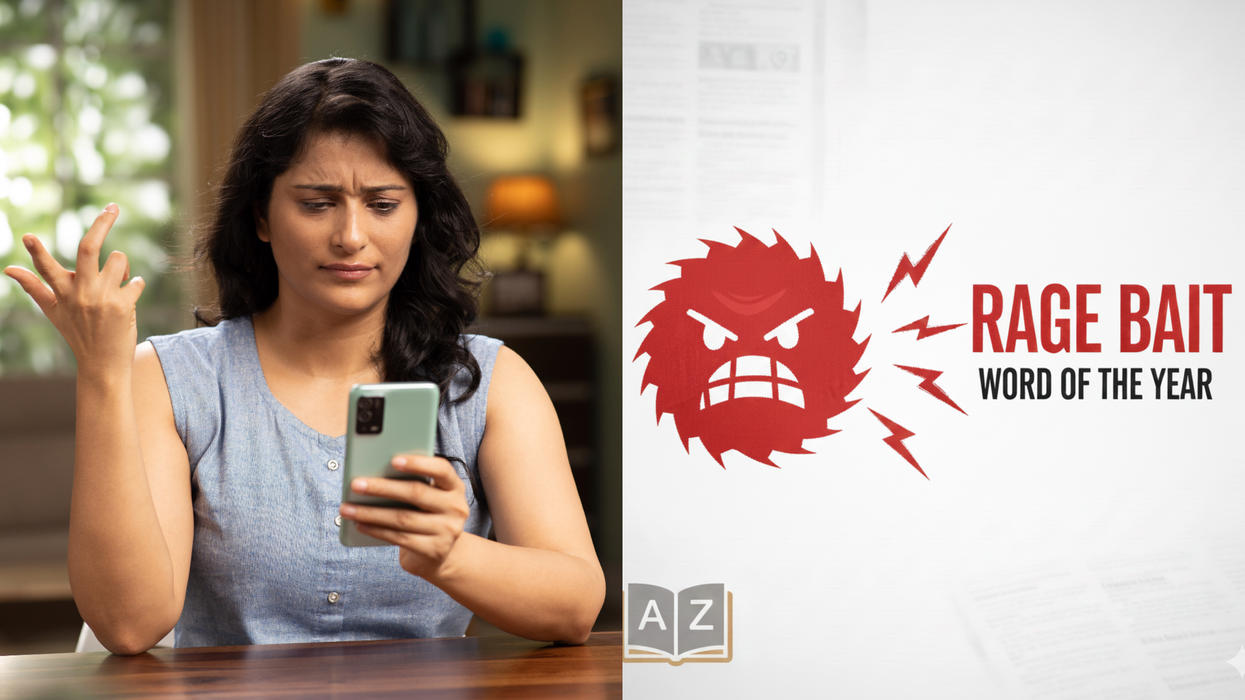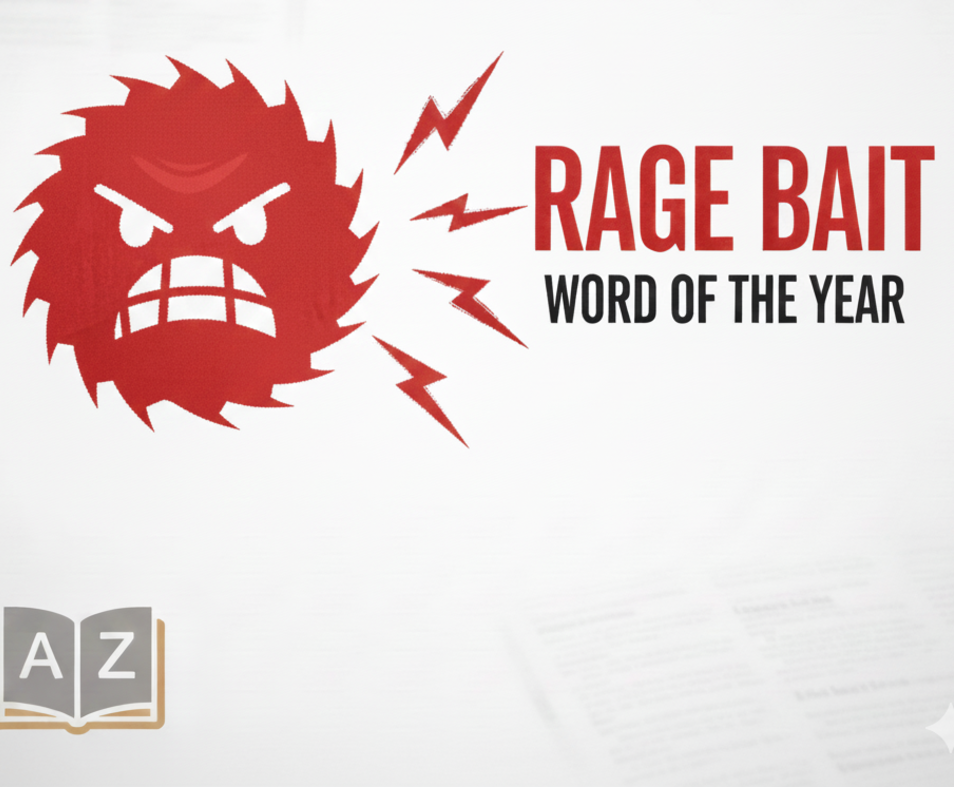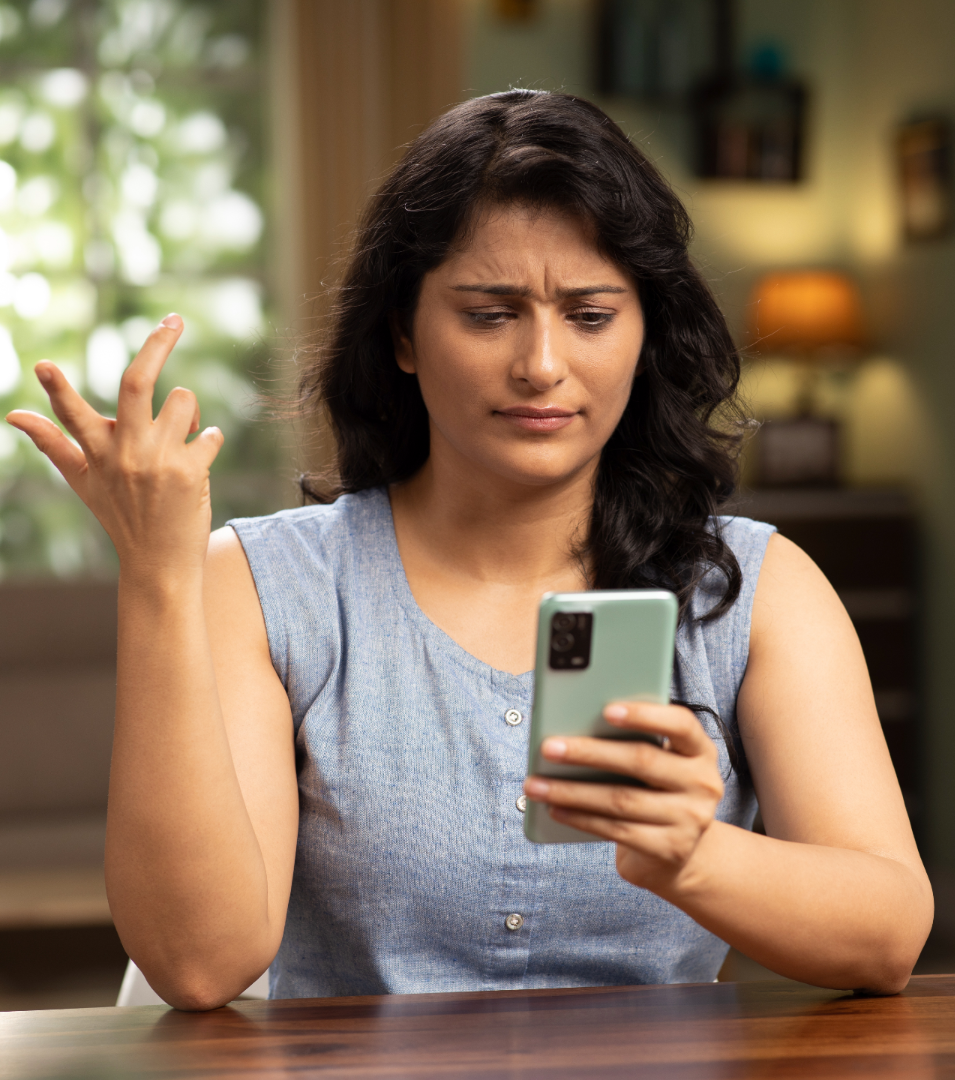by RITHIKA SIDDHARTHA
HE IS among Britain’s best known contemporary performing artists, but in a new documentary Akram Khan, who describes himself simply as a dancer and choreographer, explores his Bangladeshi roots and the future of curry houses of east London’s Brick Lane.
By his own admission, he “bolted” from a career in the restaurant industry or from following in his immigrant parents’ footsteps as he had deeply unpleasant and “traumatising” experiences growing up in a curry house in south London.
Over the past two decades, Khan has established himself with works such as Desh, Xenos and Until the Lions. He has also featuring in the 2012 London Olympics, yet an hour-long, Channel 4 documentary titled The Curry House Kid appears to be his most personal and revealing yet.
Broadcast on Monday (29) and available on All4, the film traces the history of early immigrants from Bangladesh, who fled a violent conflict in south Asia, arriving in the UK and setting up curry houses as they sought a new life in Britain.
“I really learnt from meeting these individuals,” Khan said after a preview screening in London last month. “I knew of my parents’ sacrifice, but unfortunately there is this certain sense of entitlement. I grew up in a house (although one shared by chefs and wait staff working for his parents). I didn’t live through a war. My parents had just experienced a war and they had lost families. And I hadn’t had that history.”
In showing the curry house owners’ histories, Khan also looked back on his relationship with his father, fraught as it was, against the background of the racism experienced by that generation; and his determined efforts to escape that path and seek out freedom in dance.
He described those years as “very traumatic”.
“I was terrified of working in the restaurant from those (racist) incidents. But then I also felt I needed to be there for my dad. It was hard to experience that kind of racism and not be able to respond. You just have to digest it. My father was the owner. He would say, ‘Be quiet, otherwise they will leave and we need the money.’”
During filming, Khan spent time at a curry house in Brick Lane, and it brought back memories of drunk, abusive white customers who would stagger in shortly before midnight for a meal, struggle to keep the food down and go on to pick a fight with the curry house owners.
“And then the police would arrive, always an hour late, and they would accuse you. The people who have abused us would be walking away, and the police wouldn’t arrest them. They would ask, ‘what did you do to them?’” Khan recalled. In the film, he reveals how those regular occurrences left him upset.
“We had to serve them and absorb all the shit; that made me feel vulnerable. I had a beer glass smashed over my head; we were called ‘P**i’. Yet, we had to be welcoming. I felt like a servant.”
Struggling to see a future for himself in the family business while juggling being a good Bangladeshi boy and fitting in as a Briton, Khan took to dance and dreamed of a career in the arts.
He was encouraged by his mother, whose pride in her son’s many achievements is clearly evident in the documentary.
For the second generation of immigrants who were born in the UK and feel as much British as they do Asian, it should not come as a surprise to anyone that they have sought to forge their own future away from those of their forefathers.
A visit to Mulberry School for Girls in east London introduces Khan to a younger, more confident generation, who, unlike him, are not afraid to break free from tradition.
“Dance does the things that you cannot speak about,” one of them tells Khan, and it strikes a chord with him.
He said it especially resonated as he realised what dance meant to him.
“I put my mom on a pedestal, because she was the one who gave me hope. But my father questioned me, he questioned why I was doing it. Perhaps I wouldn’t have questioned it, it would have taken it for granted. That revealed to me that I wanted it.
“My father was asking me, ‘Is it worth it, why are you doing it?’”
In the concluding moments of The Curry House Kid, there is a moving scene between Khan and his father as they recall tension-filled moments from working and growing up in curry houses.
Khan would try and beat the tedium by choreographing dance moves while serving customers, while his father wondered why his teenage boy could not do as he was told.
However, looking back on those years, Khan noted, “I owe it to my mum and dad. I was deeply blessed.”
“Thank you,” his father nods, quietly acknowledging how their relationship has been transformed.
Khan later revealed it took the better part of four hours while filming to get his father to admit that there were difficult years in the past.
“For him to admit in public that it must have been difficult for me… He has said to me that to the outside world, you will never show that you are vulnerable,” he said. “We avoid talking about difficult situations.”
Khan’s set piece that features at the end of the documentary was inspired by Christ’s Last Supper.
He revealed how an interpretation by an Australian artist of the original Leonardo da Vinci’s classic became the starting point for his new work.
“Food was the weapon that won hearts,” he said.





 Rage bait isn’t just clickbait — it’s Oxford University Press’ word of the year for 2025 iStock/Gemini AI
Rage bait isn’t just clickbait — it’s Oxford University Press’ word of the year for 2025 iStock/Gemini AI 
 Online Trends iStock
Online Trends iStock Rage bait isn\u2019t just clickbait \u2014 it\u2019s Oxford University Press\u2019 word of the year for 2025 iStock/Gemini AI
Rage bait isn\u2019t just clickbait \u2014 it\u2019s Oxford University Press\u2019 word of the year for 2025 iStock/Gemini AI 






